Compatible with life?
Doctors and families grapple with what’s next when a severe genetic disorder is diagnosed during pregnancy
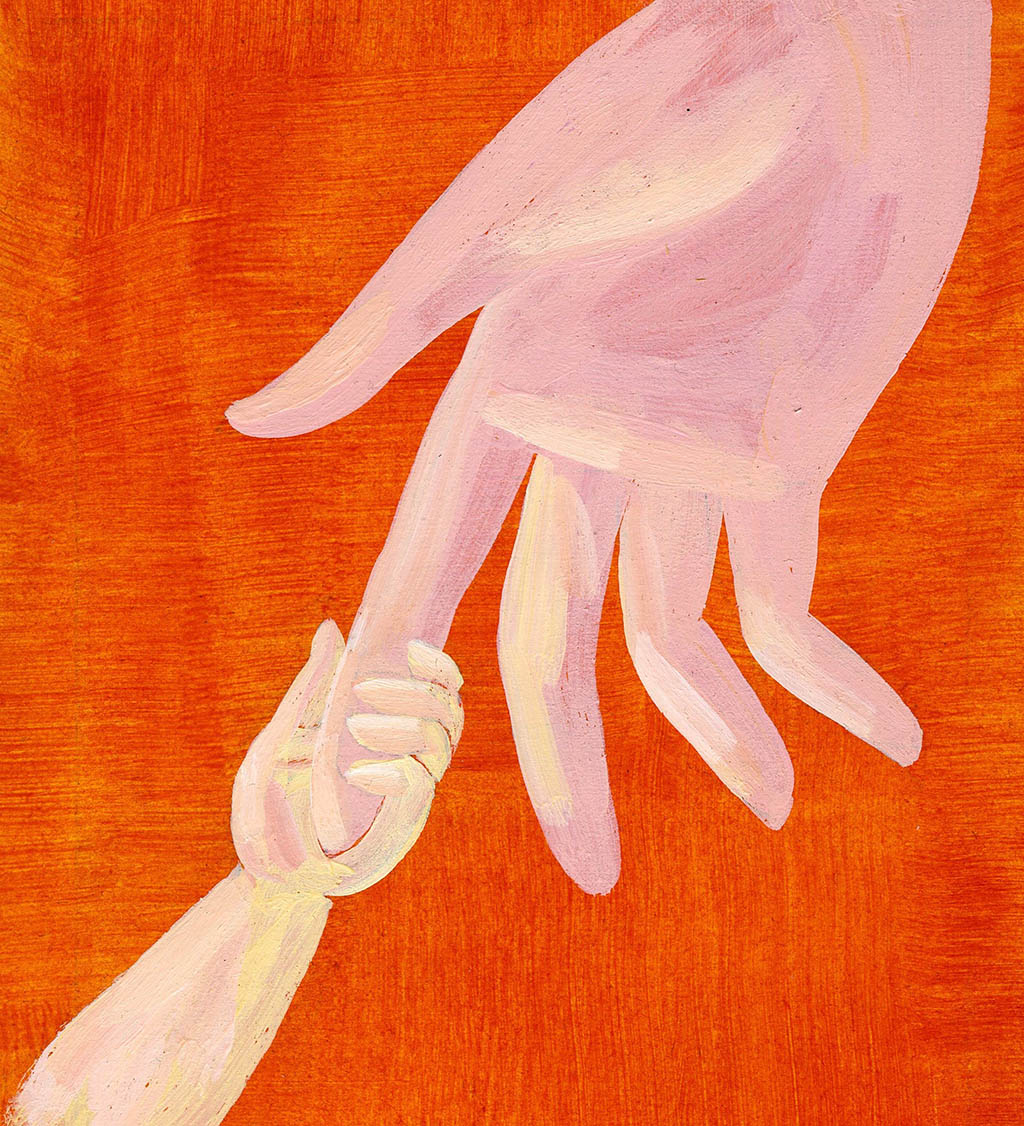
In the spring of 2015, in the midst of a cross-country move to California, Kristin and Patrick Flor learned the baby they were expecting had trisomy 18, a genetic abnormality. It was halfway through what had seemed a picture-perfect pregnancy, and the couple had been excited to welcome another sibling for their two small boys.
The diagnosis was awful news. The condition, also called Edwards syndrome, is characterized by three copies of the 18th chromosome in most or all of the body’s cells. Most affected fetuses die before birth, and about half of babies born alive die during their first week.
Children with trisomy 18 have many physical problems — heart defects are common — as well as neurological deficits and profound developmental delays. Fewer than 10 percent of them survive to their first birthdays.
“We were devastated,” Kristin Flor said. “We were grieving immediately. We had just been told we were going to have our first girl and assumed she would be healthy. We had dreams of raising a daughter along with our two sons.”
Although they could have terminated the pregnancy, the Flors, who are Episcopalians, felt that was the wrong choice for them. They really wanted to meet their daughter.
“Pat and I are big people of faith and we wanted to focus our energy on finding a purpose for her life, focused on love,” Flor said.
Trisomy 18 and a similar diagnosis, trisomy 13, are among a few congenital syndromes traditionally described in the medical literature as “incompatible with life.” Trisomy 18 occurs in 1 in 5,000 live births, and trisomy 13 in 1 in 16,000; survival statistics for both diagnoses are equally poor.
Most of these newborns struggle to breathe and eat, and survivors are severely disabled. Because of the dire prognosis, many women decide to end their pregnancies. Those who don’t terminate, who hold out hope to meet their child alive, have usually been told that little can be done.
But today, some families want more options for their babies’ treatment, a shift that raises complicated questions: How should medical caregivers help families navigate painful situations? When should potentially life-lengthening procedures not be offered? And most of all: How do the words, stories and philosophical framework that experts use to think about disease shape how they approach it?
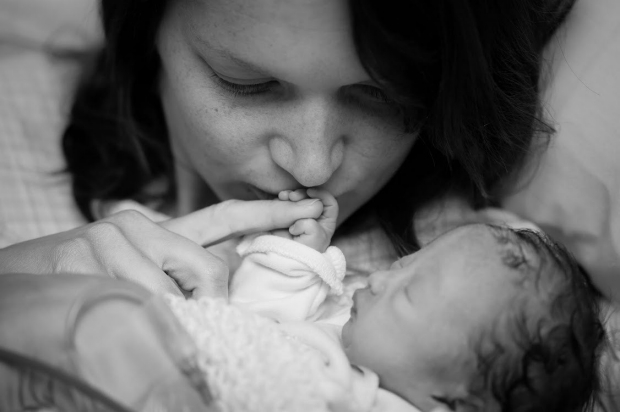
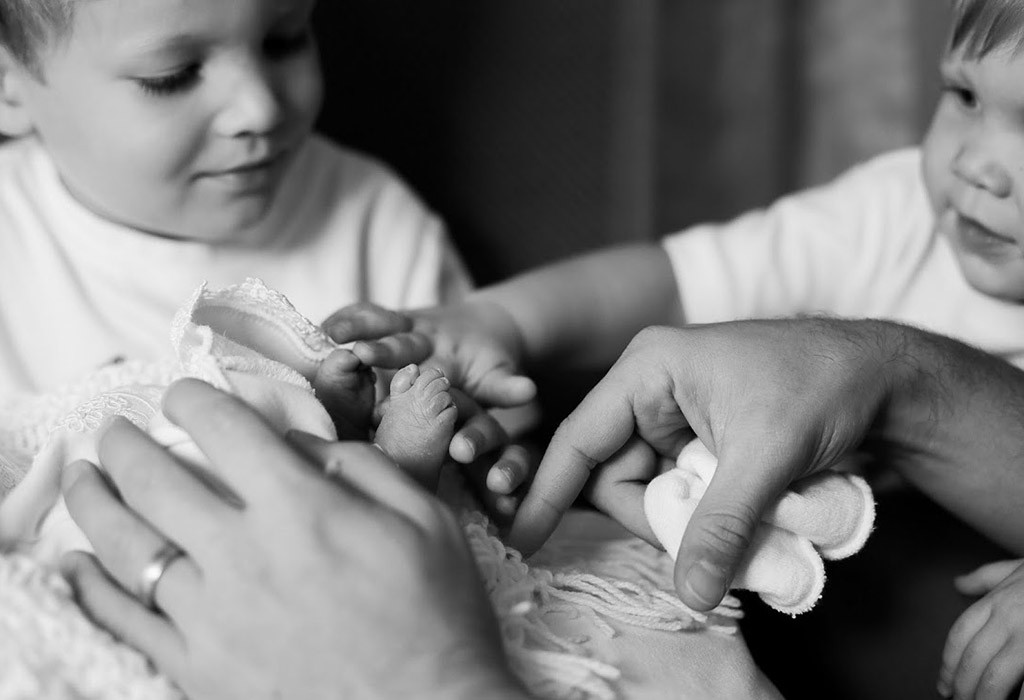
Extending survival rates
Among those whose thinking has shifted is Thomas Collins, MD, clinical associate professor of pediatrics and of medicine at Stanford Medicine, and a pediatric cardiologist at Lucile Packard Children’s Hospital Stanford. Last year, Collins published a study comparing babies with trisomy 13 or 18 who had heart surgery with those who did not have surgery. The study, which drew on a national database, included babies born between 2004 and 2015 at 44 children’s hospitals across the United States.
“I went into the study expecting that we would see no difference in survival,” Collins said. Heart surgeries carry risks and cause pain. Before conducting the study, Collins believed the surgeries would harm these babies. “I was against doing things ‘to’ children as opposed to doing things ‘for’ children,” he said. “My goal was to prevent people from doing surgery just because they could, without real benefit.”
The data upended his expectations. Though a small proportion of infants in the study received cardiac surgery — 7 percent of the 1,480 study subjects born with trisomy 13 or 18 and heart defects, for a total of 100 surgery recipients — the surgeries seemed to help. For instance, in trisomy 18 patients, 84 percent of those who had heart surgery lived to go home with their families, compared to 56 percent of those who did not receive surgery.
Collins wonders what this means for our understanding of the limits of life in babies with trisomy 13 or 18. “We base our life span estimates mainly on the natural, un-operated history,” of infants with these birth defects, he said. “We don’t know what the life span would be if we addressed their issues.”
The right amount of intervention depends on what feels acceptable to the family, Collins added. Most quickly grasp the severity of the disabilities a child with trisomy 13 or 18 would face, but they reach different conclusions. “I’ve seen families who have said, ‘I love my child and want to do everything I can to help her live’ and other, similar families who love their kids just as much who have said ‘In our family that is not living; it’s torture,’” he said.
“We don’t know what the life span would be if we addressed their issues.”
The Flors had their first sign that something was wrong at a 20-week prenatal ultrasound scan in June 2015. It was the Friday before they planned to start driving from Illinois to the Bay Area, where Patrick Flor had a new job. The scan revealed that the baby was small and there were cysts on her brain, prompting Kristin Flor’s obstetrician to ask the family to delay the trip for follow-up testing. “Then I knew it was serious,” Flor said.
Over the weekend, they searched the internet and realized the brain cysts could be a marker of a severe form of trisomy. Or the cysts could resolve spontaneously and the baby could be fine. They hadn’t named their two sons, Elijah, then 5, and Joshua, then 2, until later in pregnancy, but the uncertainty they were facing made choosing a name feel urgent. They decided on Julia Elizabeth.
Monday’s follow-up testing revealed that, in addition to brain cysts, Julia had a heart defect. On Tuesday, the Flors departed for California. They were in Denver when their genetic screening results came back: Julia almost certainly had trisomy 18. By the time they reached the Grand Canyon, they decided to tell Elijah the news about Julia. He’d picked up on his parents’ distress.
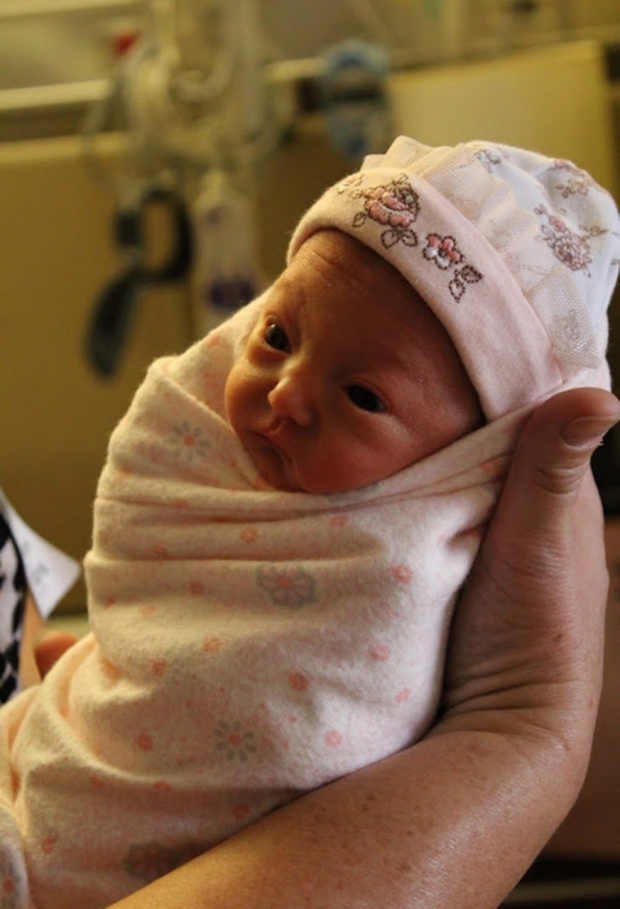
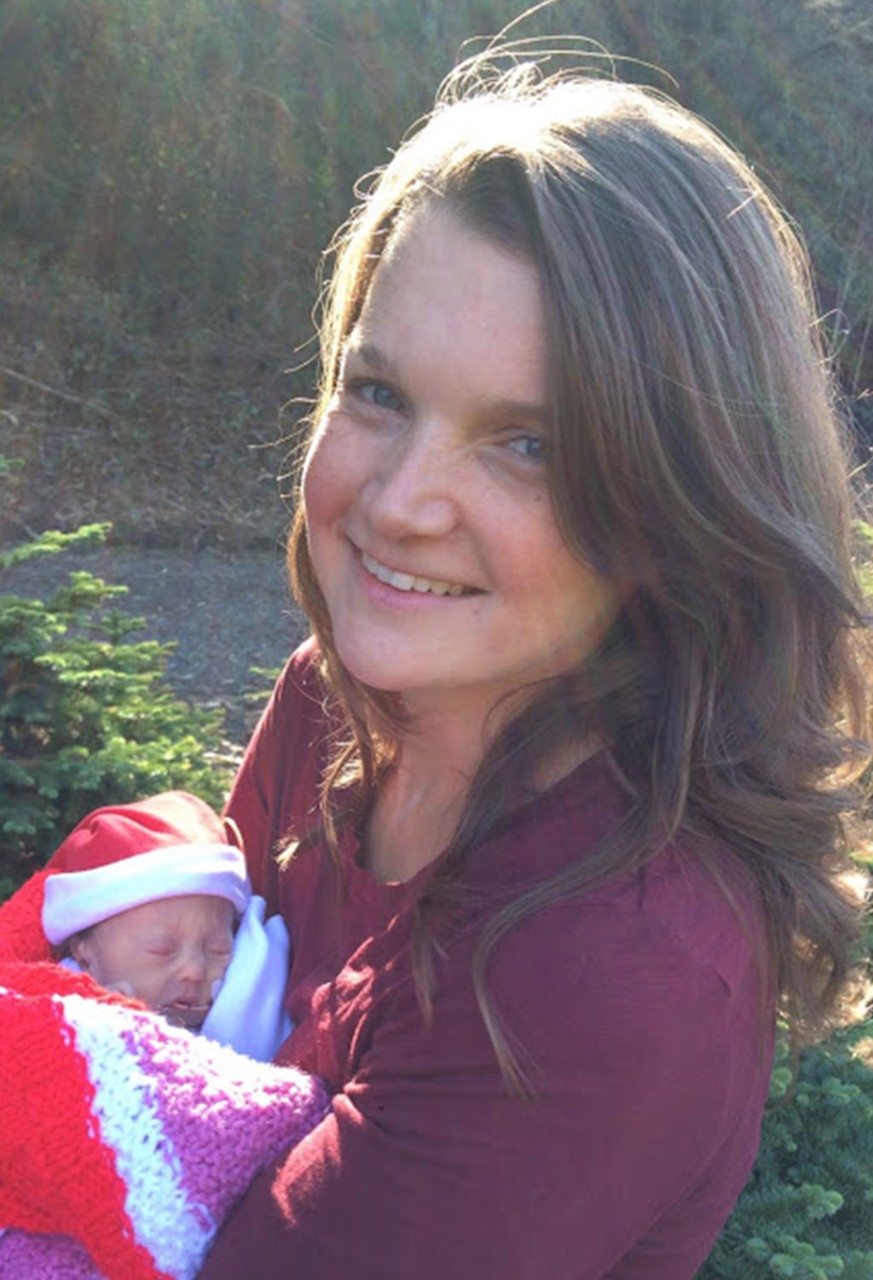
“We talked to him about the fact that she had trisomy 18, and tried to tell him what that meant in kid terms,” Flor said. “He knew that there was a chance that she was not going to live, a chance that when she was born we would have to say goodbye right away.”
Making difficult decisions
Many physicians are uncomfortable proposing invasive procedures such as heart surgery for trisomy 13 and 18 patients, even at parents’ request.
“My biggest concern is that a family might think that heart surgery is going to increase their child’s long-term survival more than it likely is,” said Louanne Hudgins, MD, professor of pediatrics and director of perinatal genetics at Packard Children’s. There is a risk of death during surgery, she said. Also, many infants with trisomy 13 and 18 die because their brains don’t consistently prompt them to breathe, and cardiac surgery doesn’t repair the brain. Hudgins worries that surgery raises false hopes.
Collins is planning a study to identify which infants with trisomy 13 or 18 tend to benefit from heart surgery. Do surgeries work best for those born with a specific type of heart defect? For those who have or lack other specific medical problems? Or are born past a certain time in pregnancy or above a certain birth weight? If doctors knew the answers, it would be easier to help families make realistic plans.
“We’re trying to create a data-driven rubric so the best surgical patients can be selected,” Collins said. “We’re not yet satisfied that we have helped people make the right decisions for all of these patients.”
Into this climate of uncertainty, medical teams must help families navigate decisions about how to achieve their goals for their children’s lives.
“I believe this language is a self-fulfilling prophecy in medicine. So much literature has described these conditions as universally fatal, and we have let these children go for almost a generation.”
“The best version of this is all of us compassionately and transparently providing all that we know, giving explanations of what we don’t know, and supporting a family as they understand how their life is going to be changed and how they can absorb it,” said Danton Char, MD, a faculty member at the Stanford Center for Biomedical Ethics and assistant professor of anesthesiology, perioperative and pain medicine.
With respect to invasive procedures, he added, “families need to think not just for themselves but also for their child, to make sure the balance of suffering from surgery is not greater than letting the natural course progress.”
And doctors can’t ignore that emerging literature suggests trisomy 13 and 18 are perhaps less hopeless than the traditional descriptors such as “incompatible with life” and “lethal” indicate.
“Does ‘incompatible with life’ mean simply that they will not live beyond birth? That’s not true,” said Collins. “The median age is 10 days, and 10 days is life in a real way.”
“I believe this language is a self-fulfilling prophecy in medicine,” Char said. “So much literature has described these conditions as universally fatal, and we have let these children go for almost a generation.”
Preparing for their options
Even before the Flors arrived in California, they began arranging appointments at Packard Children’s. Through the rest of the pregnancy, they worked with the maternal-fetal medicine, genetic counseling, neonatology, medical social work and chaplaincy teams through the hospital’s Fetal and Pregnancy Health Program to plan for Julia’s life. They wanted her to feel loved. They hoped to meet her alive. They did not want her to suffer.
“In every situation like this, we have iterative discussions about how things may play out for the baby and the family,” said neonatologist Susan Hintz, MD, the program’s medical director, who was one of Flor’s caregivers, along with obstetrician Gaea Moore, MD.
The experts did their best to evaluate the diagnostic information they had, present scenarios that could happen before, during and after Julia’s birth, and explain the family’s options in each case.
They discussed the family’s goals for Julia together: whether they wanted oxygen or other resuscitation measures to be offered if she had trouble breathing, how to handle issues and options related to feeding, and whether they would consider heart surgery if she lived long enough. (Julia had a relatively mild heart defect, for which surgery would not be needed until 4 to 6 months of age.)
“It’s not a paternalistic approach to developing a care plan,” Hintz said. “We are focused on understanding what a family’s desires and goals are and doing everything we can to make them happen.”
Central to the plan was the idea that the Flors were welcoming a new family member.
“We always acknowledge the diagnosis, but the baby is not a diagnosis,” Hintz said adamantly. “Julia is their daughter. Julia is a precious child.”
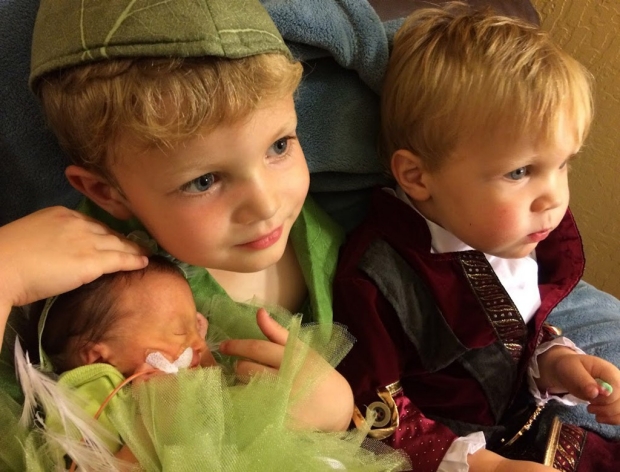
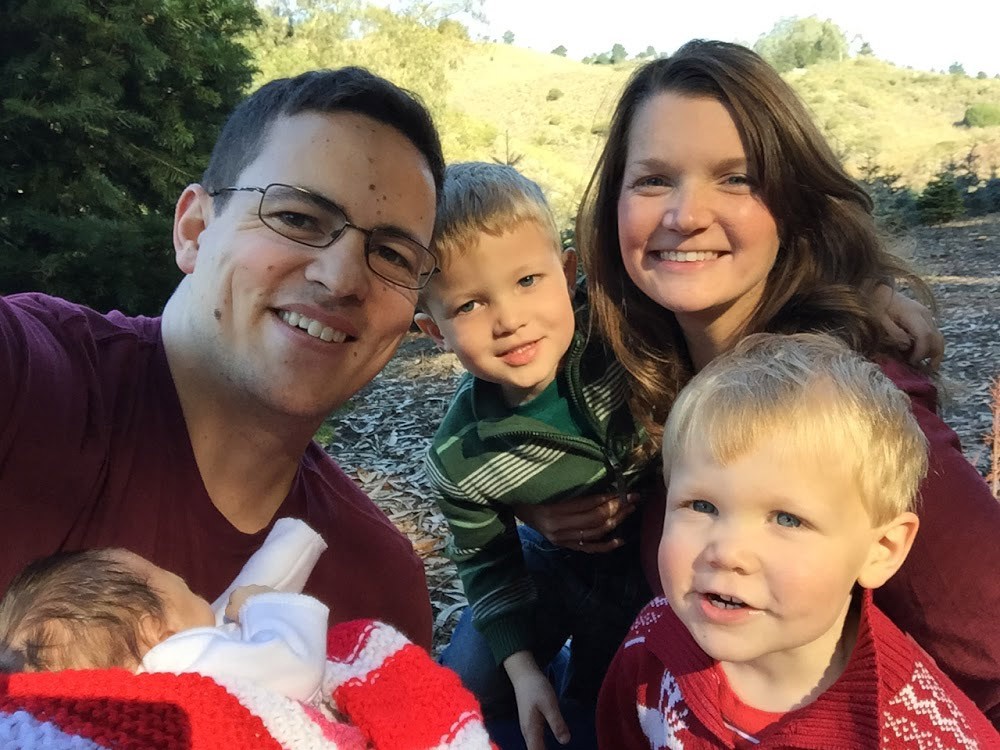
A philosophical shift
Benjamin Wilfond, MD, a bioethicist and pediatric pulmonologist at Seattle Children’s Hospital, is a longtime advocate for broader interventions for children with trisomy 13 and 18. In 2003, he wrote a commentary for the Hastings Center Report called “Lethal Language, Lethal Decisions” to probe how doctors’ use of the word “lethal” shapes families’ choices about their children’s lives.
“We said that, often, a condition was called lethal when there were a lot of medical issues and neurological problems as well,” Wilfond said. “The idea was that if you have neurological issues and medical complexity, you call it lethal and don’t do anything about it, and then patients will die.”
Many trisomy patients have such severe problems that no medical intervention would help, while a few others survive without major interventions, Wilfond said.
In the middle are a group for whom the right interventions sometimes lengthen life.
Recently, one of Wilfond’s trisomy 18 patients in Seattle had chronic respiratory failure and a heart defect called a ventricular septal defect. The heart defect couldn’t be repaired unless the child grew, which wasn’t possible unless she could breathe. She received a tracheostomy and spent several months on a ventilator. Eventually, she could breathe on her own and was healthy enough to receive surgery. She’s now 3.
“That would not have happened years ago,” Wilfond said. “She would have died from her ventricular septal defect, or we never would have thought of putting her on the ventilator and she would have died from respiratory failure.”
Welcoming baby Julia
As Flor’s pregnancy progressed, the couple asked for close monitoring so they would know if Julia was struggling. By 37 weeks of pregnancy, Julia had stopped growing, and the family and medical team decided it was time to deliver. Although they’d initially planned for a vaginal birth, Julia was breech. Because their goal was to meet their baby alive, they asked for a C-section to increase the chance Julia would survive birth.
On Oct. 21, 2015, at 11:48 a.m., Julia Elizabeth Flor came into the world at 3 pounds, 11 ounces and 15.5 inches long. Flor couldn’t see past the drape that had been set up across her middle for the surgery.
“She was not crying, and I remember asking the nurse, ‘Is she alive?’” she said. “The nurse said, ‘She is alive, she’s moving, but she’s not making any sounds yet.’”
Flor was shaking from the anesthetic, so the nurse gave Julia to her father, who held her on his wife’s chest. “She did start to make little kitten sounds,” her mother said.
They moved to a recovery room, where 16 waiting friends and family members joined them for Julia’s baptism. “It was wonderful, such a great moment,” Flor said. That evening, in their hospital room, they held a small birthday party for Julia. Her brothers, grandparents and other extended family members were all there. Everyone sang “Happy Birthday,” ate cupcakes and took turns holding the newest member of the Flor family.
“She brought a lot of love to our family. It was a privilege to be able to have her.”
That night, Flor heard Julia struggling to breathe. Her husband was asleep on the couch in her hospital room. “I said to him, ‘Get up, get up!’” He flipped Julia over and patted her back. She coughed up a bunch of fluid. “After that she breathed so much more easily,” Flor said. “But it was one of many times she turned blue.”
Over the next few days, it became apparent that, like many babies with trisomy 18, Julia couldn’t swallow. Her parents learned to feed her with a nasogastric tube. Otherwise she did better than expected, and they were excited and surprised when they were able to take her home at 5 days old.
“To be quite honest, I did not expect her to live,” her mother said. “We had prepared more for her death than for her life.” They’d chosen a dress for Julia to wear to her funeral, but hadn’t picked a pediatrician.
At home, life with Julia was both “pretty normal and also really stressful,” Flor said. Julia was on hospice care right away. Her parents fed her as a team to reduce the chance that she would choke, and made sure someone was awake and holding her 24 hours a day. But they also changed her diaper, read books to her, took walks to the park and dressed her as Tinker Bell for Halloween. (Elijah and Joshua were Peter Pan and Captain Hook.) She was still alive at Thanksgiving. She went on the family outing to pick a Christmas tree.
Shortly after Thanksgiving, Julia caught a cold. “It was just too much for her body,” her mother said. “Her lungs filled. We tried to keep her as comfortable as possible with medicines.” Julia died Dec. 4, 2015. She was 43 days old.
Had Julia lived longer, the Flors might have considered surgery for her heart defect, but they knew it wasn’t what ended her life. Looking back, they say that although their goals for their daughter were met, something else happened, too. Julia, always a newborn, able to express herself only with her deep gaze and tiny cries, drew people together.
“She brought a lot of love to our family,” Flor said. “It was a privilege to be able to have her.”


